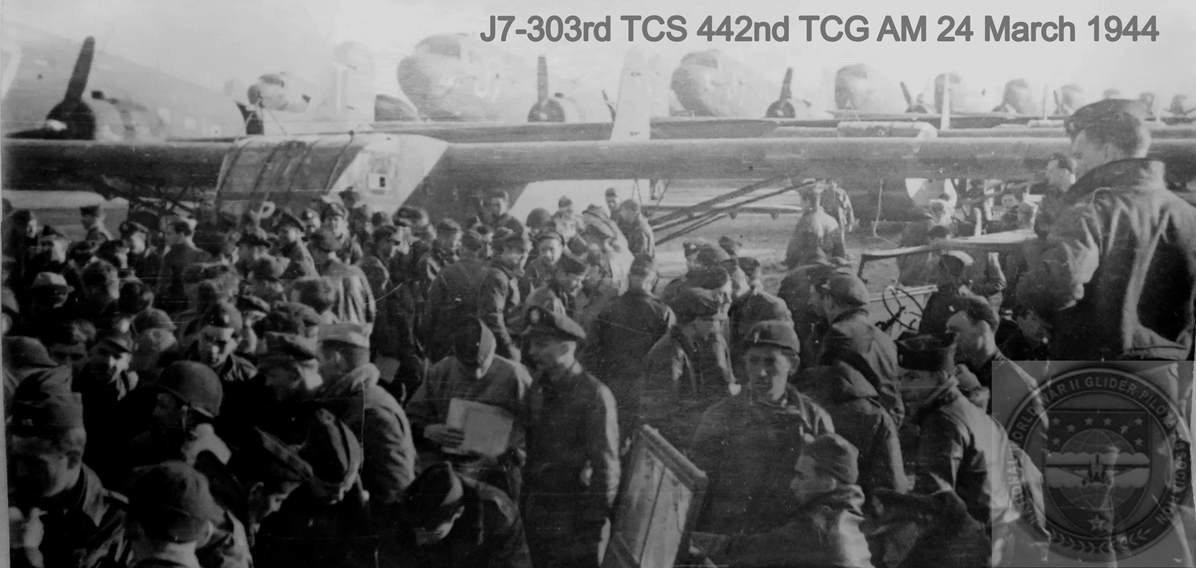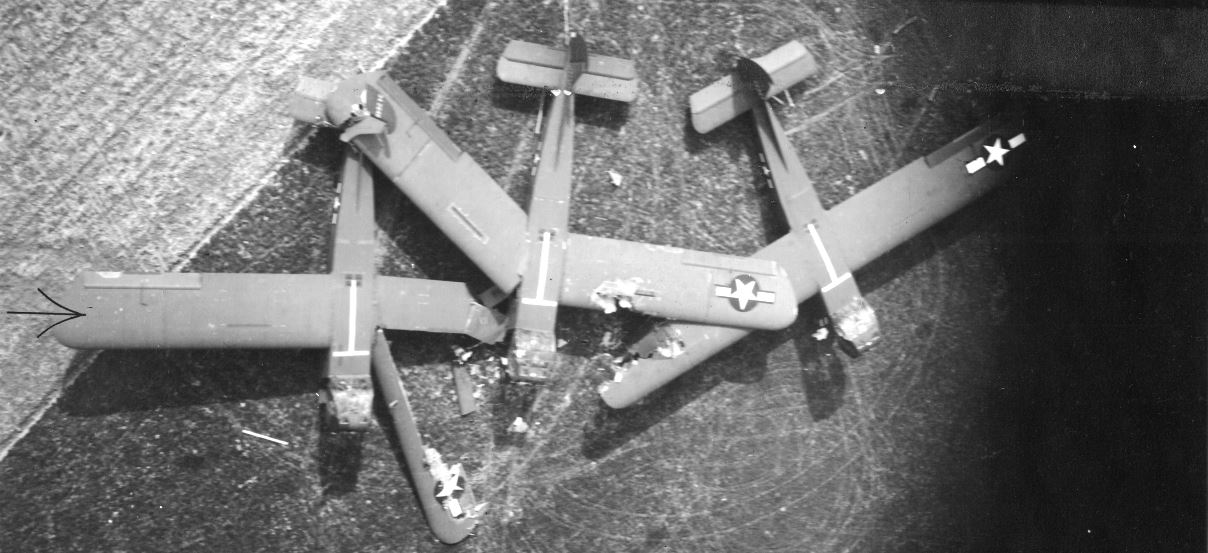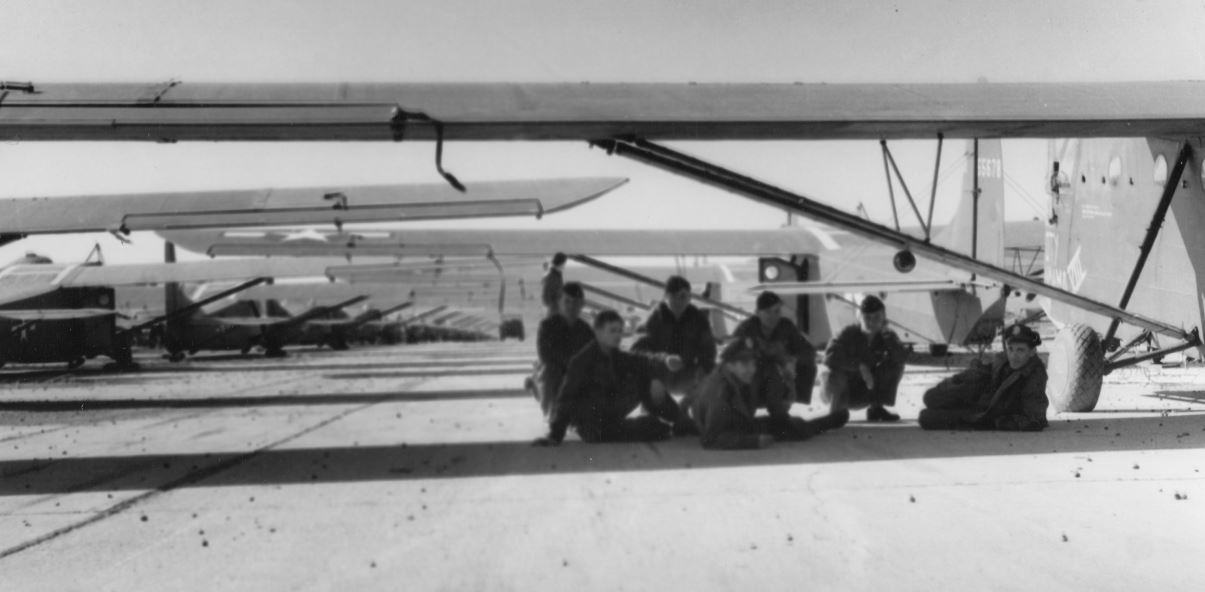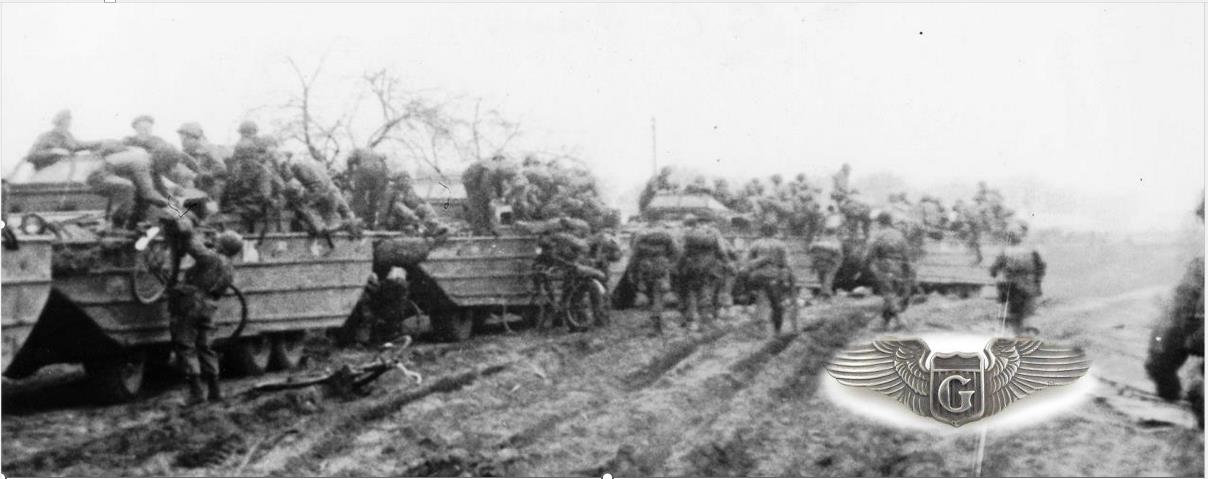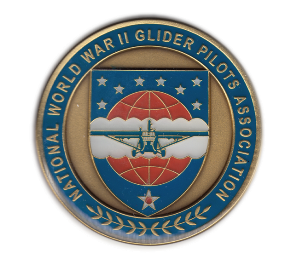National WWII Glider Pilots AssociationLegacy Organization of veterans National WWII Glider Pilots Association. Discover our History, Preserve our Legacy | ||
|
HEADQUARTERS FIRST ALLIED AIRBORNE ARMY U.W. TROOP CARRIER FORCES PUBLIC RELATIONS OFFICE To: ROLLA (mo) NEW ERA FOR IMMEDIAT RELEASE 435th TROOP CARRIER GROUOP, EUROPEAN THEATER OF OPERATIONS: Flight Officer Elbert D. Jella, of 1006 Rolla street, is one of the glider pilots of this group, who comprised the famous “Burp Gun Corner” force which drove the attaching Germans back to Wesel, into the waiting arms of the American airborne.
|
Flight Officer O. Faris
Personal account
Personal account
Personal account
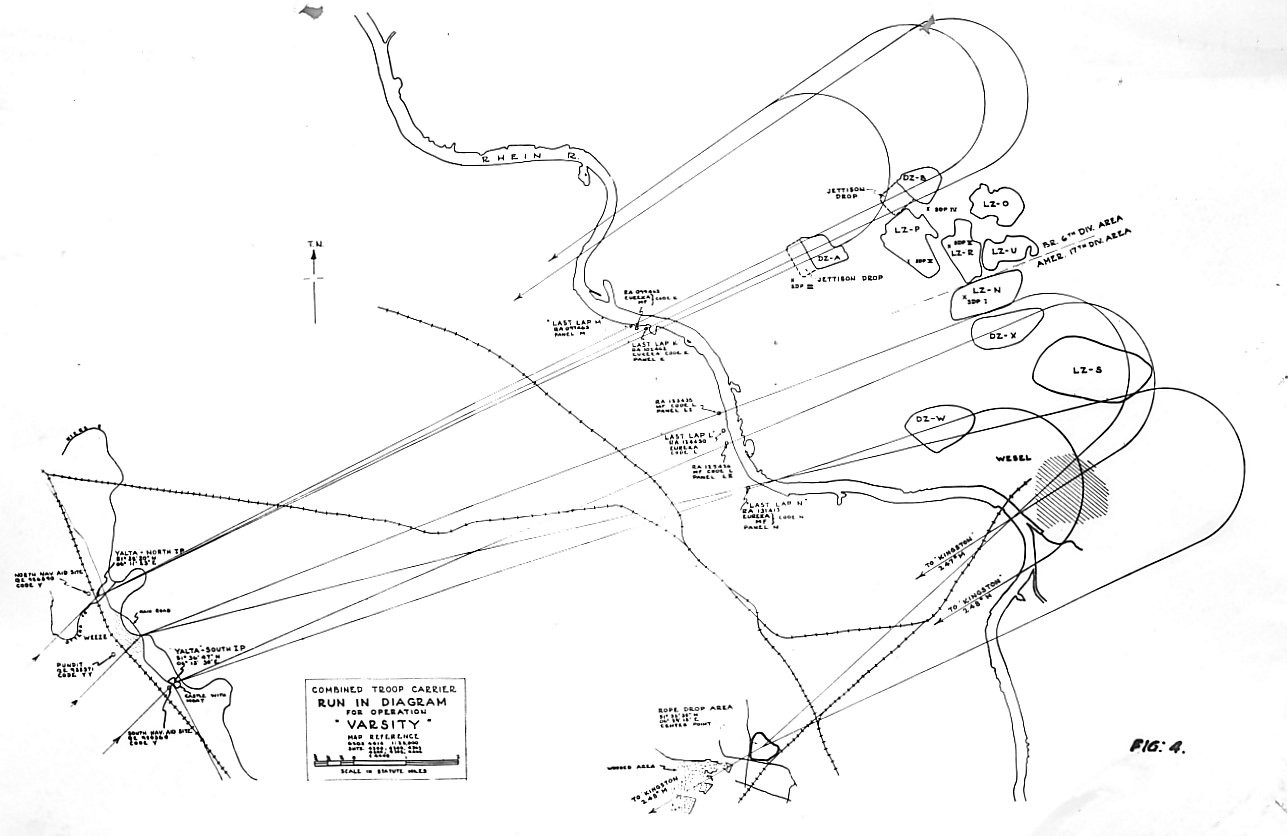 National Archives
National Archives
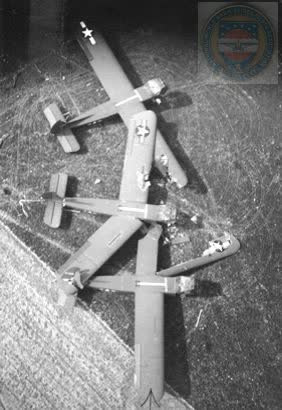
Photo curtesy of the U.S. National Archives
On March 22nd instructions were
received from the Troop Carrier Wings to each Troop Carrier Group to paint an assigned marking, unique to each Group, on the top of all the gliders for identification purposes.
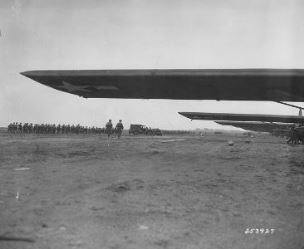
National Archives/NWWIIGPA Collection
Back caption: Troops of the 17th Air-borne Division, load aboard gliders
before the take-off on the air-borne mission of the Rhine River. Germany 3/24/45
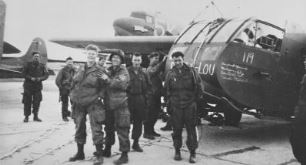
Thomas Pleger Collection/by daughter Marian Klieber
Back caption: Mar 24, 1945 - Pre Take off for Wesel Hop. 437th Troop Carrier Group. Base: Coulemere, France (near Paris) Personnel:
Members 17th Air Borne Glider Inf. --Extra
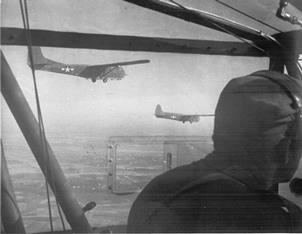
National Archives/NWWIIGPA Collection
Back caption: 1st ALLIED AIRBORNE ARMY
ETO HQ 45 24 MAR 22865-4
CREDIT ... U.S. ARMY SIGNAL CORPS
PHOTOGRAPHER T/4 CLYDE M. PLETCHER
A Double tow glider formation, one of the new techniques used for the first time in an airborne operation, is seen over drop area in vicinity of Wesel,
Germany, during the 1st Allied Airborne Army's air invasion of Germany. Photograph was taken from a glider of the 439th Troop Carrier Group whose load was
the 507th PARA-Infantry Regiment, 17th Airborne Division, 1st Allied Airborne Army.”
[The 507th PIR was transported by the 439th Troop Carrier Group in Serial A-15. These consisted of glider chalk number 105 thru 125.
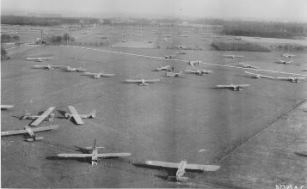
National Archives/NWWIIGPA Collection
Back caption: GLIDERS DOT THE GERMAN LANDSCAPE --- Allied gliders dot the German landscape
behind the German front lines on the Rhine. Parachute troops were dropped, 24 March 1945 in advance of the Rhine-crossing ground troops by
1500 transports and gliders. The 1st Allied Airborne troops landed across the Rhine to support Gen. Montgomery's troops crossing the Rhine.
Almost immediately
after the airborne troops landed, 240 Consolidated B-24 Liberators of the U.S. 8th AF Second Air Division were on the scene to supply them with
vital weapons, food, and medicine.
March 1945.
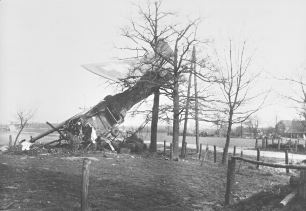
Thomas Pleger Collection/by daughter Marian Klieber
Back caption: Mar 24, 1945 - Some landing tragic. Wesel Germany.
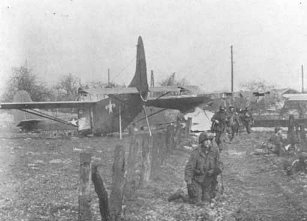
National Archives
This picture was taken at LZ-N near the rail road crossing in that area. The photo was part of a series
of photos in Life Magazine, April 1945 issue pictorial coverage of the Varsity Operation.

